Home>Technology>Security & Surveillance>How To Disable A Door Lock
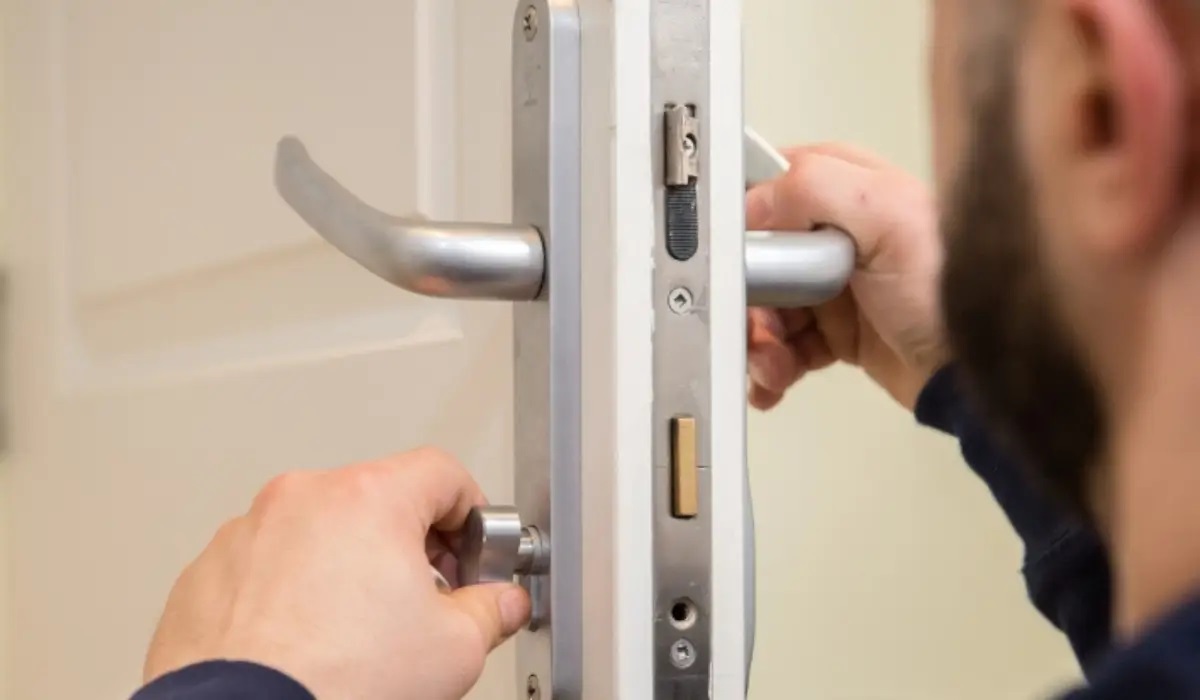

Security & Surveillance
How To Disable A Door Lock
Published: December 26, 2023
Learn how to disable a door lock for improved security and surveillance. Follow these simple steps to enhance your home's safety and protection.
(Many of the links in this article redirect to a specific reviewed product. Your purchase of these products through affiliate links helps to generate commission for Storables.com, at no extra cost. Learn more)
Introduction
Welcome to a comprehensive guide on how to disable a door lock. Whether you're looking to upgrade your security system, troubleshoot a malfunctioning lock, or simply gain a deeper understanding of your home's infrastructure, this step-by-step tutorial will provide you with the knowledge and confidence to tackle this task.
Disabling a door lock may be necessary for various reasons. Perhaps you've misplaced the key and need to gain access to a room or building. Maybe you're upgrading to a more advanced lock system and need to deactivate the existing one. Whatever your motivation, understanding the process of disabling a door lock is a valuable skill for any homeowner or security enthusiast.
In this guide, we'll walk you through the process of disabling a traditional door lock, providing insights into the inner workings of this essential security feature. By following these steps, you'll gain a deeper appreciation for the mechanisms that safeguard your home and be better equipped to address any issues that may arise in the future.
So, grab your toolkit and let's dive into the fascinating world of door locks as we learn how to disable them effectively and safely.
Key Takeaways:
- Disabling a door lock requires patience, precision, and the right tools. By understanding the process, you gain valuable insights into home security and maintenance.
- Reassembling the doorknob is crucial for maintaining the door’s functionality and security after disabling the lock. Approach the task with care and attention to detail.
Read more: How To Disable A Garage Door Opener
Tools and Materials
Before embarking on the journey of disabling a door lock, it’s essential to gather the necessary tools and materials. Here’s what you’ll need:
- Screwdriver set: A versatile set of screwdrivers, including flathead and Phillips head varieties, will be essential for removing screws and disassembling the lock.
- Needle-nose pliers: These will come in handy for manipulating small components within the lock mechanism.
- Replacement lock (optional): If you’re planning to replace the disabled lock with a new one, ensure you have the replacement lock ready.
- Lubricant: A silicone-based lubricant can help loosen any stubborn components and ensure smooth operation of the lock.
- Work gloves: Protect your hands during the process with a sturdy pair of work gloves.
- Flashlight: For better visibility, especially if you’re working in dimly lit areas.
- Replacement screws: In case the existing screws are worn or damaged, having replacements on hand can save time and frustration.
Additionally, it’s important to approach this task with patience and a methodical mindset. Take your time to familiarize yourself with the components of the door lock and the specific requirements of your chosen method for disabling it. By ensuring you have the necessary tools and materials at your disposal, you’ll be well-prepared to tackle the task of disabling the door lock with confidence and precision.
Step 1: Remove the Doorknob
Before delving into the intricacies of disabling the lock mechanism, the first step is to remove the doorknob. This will provide access to the inner workings of the lock and allow for further disassembly.
Begin by locating the screws or mounting plate on the interior side of the door. Using the appropriate screwdriver from your set, carefully remove these screws to release the doorknob and expose the latch mechanism. Depending on the type of knob, there may be a visible slot for the screwdriver or a decorative cover plate that needs to be popped off to access the screws.
Once the screws are removed, gently pull the doorknob and accompanying plate away from the door. Be mindful of any connecting rods or wires that may be attached to the knob, and detach them as needed. This step may vary slightly depending on the specific design of your doorknob, so take note of the arrangement of components for later reassembly.
With the doorknob and plate removed, you’ll now have a clear view of the lock cylinder and the mechanism housing. This sets the stage for the subsequent steps in the process of disabling the door lock.
Remember to work methodically and keep track of the components you remove. Taking photographs at various stages can serve as a helpful reference during reassembly. With the doorknob successfully removed, you’re now ready to proceed to the next step in the process of disabling the door lock.
Step 2: Remove the Lock Cylinder
With the doorknob out of the way, the next critical step in disabling the door lock is to remove the lock cylinder. This component houses the keyway and is integral to the operation of the locking mechanism. By carefully extracting the lock cylinder, you’ll gain access to the inner workings of the lock, setting the stage for the subsequent steps.
Start by identifying the retaining screw that secures the lock cylinder in place. This screw is typically located on the edge of the door, securing the cylinder within the lock mechanism. Using your screwdriver, carefully remove this retaining screw and set it aside for reassembly.
Once the retaining screw is removed, you can proceed to extract the lock cylinder from the door. Depending on the type of lock, you may need to insert the key and turn it to a specific position to release the cylinder. In some cases, you may also need to depress a small pin or detent to facilitate the removal of the cylinder.
As you carefully extract the lock cylinder, take note of any small springs or pins that may be dislodged during the process. These components are integral to the functioning of the lock and should be handled with care to prevent loss or damage.
Upon successful removal of the lock cylinder, take a moment to inspect its components and familiarize yourself with its construction. This understanding will be valuable as you proceed to disable the lock mechanism in the subsequent steps.
Remember, patience and attention to detail are key during this process. By methodically removing the lock cylinder and taking note of its components, you’re one step closer to effectively disabling the door lock and gaining a deeper understanding of its inner workings.
To disable a door lock, you can remove the lock cylinder and disconnect the locking mechanism. Alternatively, you can simply remove the entire lock assembly from the door. Always ensure you have the necessary tools and knowledge before attempting to disable a door lock.
Step 3: Disable the Lock Mechanism
With the doorknob and lock cylinder removed, you’re now poised to disable the lock mechanism itself. This pivotal step involves rendering the lock inoperable, ensuring that it cannot be engaged with a key or through other means. While the specific methods for disabling the lock mechanism may vary depending on the type of lock, the following general guidelines will provide a framework for the process.
One approach to disabling the lock mechanism involves manipulating the internal components to prevent the tumblers or pins from aligning properly, thereby impeding the operation of the lock. This can be achieved by carefully disassembling the lock mechanism further and strategically altering its components to render it nonfunctional.
Another method involves permanently securing the internal components in a fixed position, preventing the core of the lock from rotating and engaging the bolt. This may entail the use of specialized tools and techniques to immobilize the essential components within the lock, effectively disabling its ability to secure the door.
It’s important to approach the process of disabling the lock mechanism with precision and care, ensuring that the integrity of the door and surrounding components is maintained throughout the procedure. Take the time to familiarize yourself with the specific design of the lock and the intricacies of its internal mechanism before proceeding with any modifications.
As you work through the process of disabling the lock mechanism, consider the potential need for future reactivation or replacement of the lock. If you anticipate the need to restore functionality to the lock at a later time, take measures to disable it in a reversible manner, allowing for easier reassembly or replacement.
By effectively disabling the lock mechanism, you’re not only gaining valuable insights into the operation of this essential security feature but also ensuring that the door remains secure during the period of inoperability. With the lock mechanism successfully disabled, you’re now prepared to move on to the final steps of the process.
Read more: How To Lock A Door Without A Lock
Step 4: Reassemble the Doorknob
After successfully disabling the lock mechanism, the final step in this process is to reassemble the doorknob and restore the door to a functional state. Reassembly is a crucial part of the procedure, as it ensures that the door not only appears intact but also operates smoothly and securely. Follow these steps to reassemble the doorknob:
- Replace the Lock Cylinder: Carefully insert the lock cylinder back into the door, ensuring that it aligns properly with the internal components. If you removed any small springs or pins during the extraction process, be sure to reposition them as needed.
- Secure the Lock Cylinder: Once the lock cylinder is in place, reinsert the retaining screw and tighten it securely. This will anchor the lock cylinder within the mechanism, preventing it from shifting or becoming dislodged during use.
- Reattach the Doorknob: Align the doorknob and accompanying plate with the door, taking care to reattach any connecting rods or wires that were detached during the initial removal. Secure the doorknob in place by reinserting and tightening the screws or mounting plate.
- Test the Operation: With the doorknob reassembled, test the functionality of the door by turning the knob and engaging the latch. Ensure that the knob operates smoothly and that the latch retracts and extends as expected. This step is crucial for verifying that the reassembly has been carried out effectively.
- Inspect and Adjust: Take a moment to inspect the reassembled doorknob and surrounding components. Check for any signs of misalignment or irregular operation, and make any necessary adjustments to ensure that the door functions seamlessly.
By meticulously reassembling the doorknob and verifying its proper operation, you’re not only completing the process of disabling the lock but also ensuring that the door maintains its essential functionality and security. With the doorknob successfully reassembled, you’ve accomplished the task of disabling the door lock with precision and care.
Conclusion
Congratulations! You’ve completed the journey of disabling a door lock, gaining valuable insights into the inner workings of this essential security feature along the way. By following the step-by-step process outlined in this guide, you’ve not only achieved the task at hand but also deepened your understanding of the mechanisms that safeguard your home.
Disabling a door lock is a task that may arise for various reasons, whether it’s for security upgrades, troubleshooting, or simply gaining access to a locked space. By approaching this process with patience, precision, and the right tools, you’ve demonstrated your ability to tackle complex home maintenance tasks with confidence.
As you reflect on this experience, take pride in the knowledge and skills you’ve acquired. Understanding the intricacies of a door lock empowers you to address potential issues, make informed security decisions, and appreciate the craftsmanship behind this fundamental aspect of home protection.
Remember, the ability to disable a door lock is just one facet of a broader journey toward home security and maintenance. By honing your skills in this area, you’re better equipped to address future challenges and make informed choices when it comes to safeguarding your living space.
Whether you’re a homeowner, a security enthusiast, or simply someone with a curious mind, the knowledge gained from this experience is invaluable. As you apply this newfound expertise to your home and daily life, may you continue to approach tasks with a spirit of curiosity, determination, and a commitment to excellence.
Thank you for embarking on this enlightening journey of disabling a door lock. Your dedication to mastering essential home maintenance skills is a testament to your proactive approach to creating a safe and secure living environment.
Frequently Asked Questions about How To Disable A Door Lock
Was this page helpful?
At Storables.com, we guarantee accurate and reliable information. Our content, validated by Expert Board Contributors, is crafted following stringent Editorial Policies. We're committed to providing you with well-researched, expert-backed insights for all your informational needs.
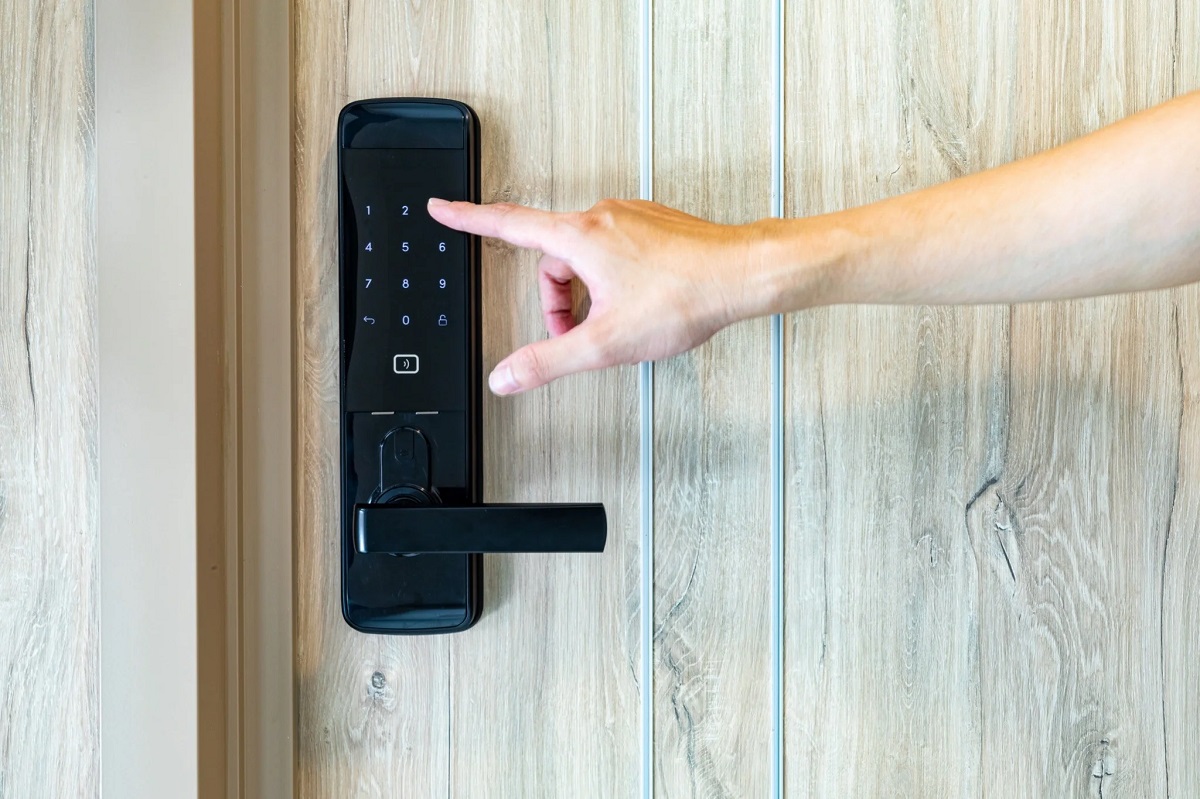
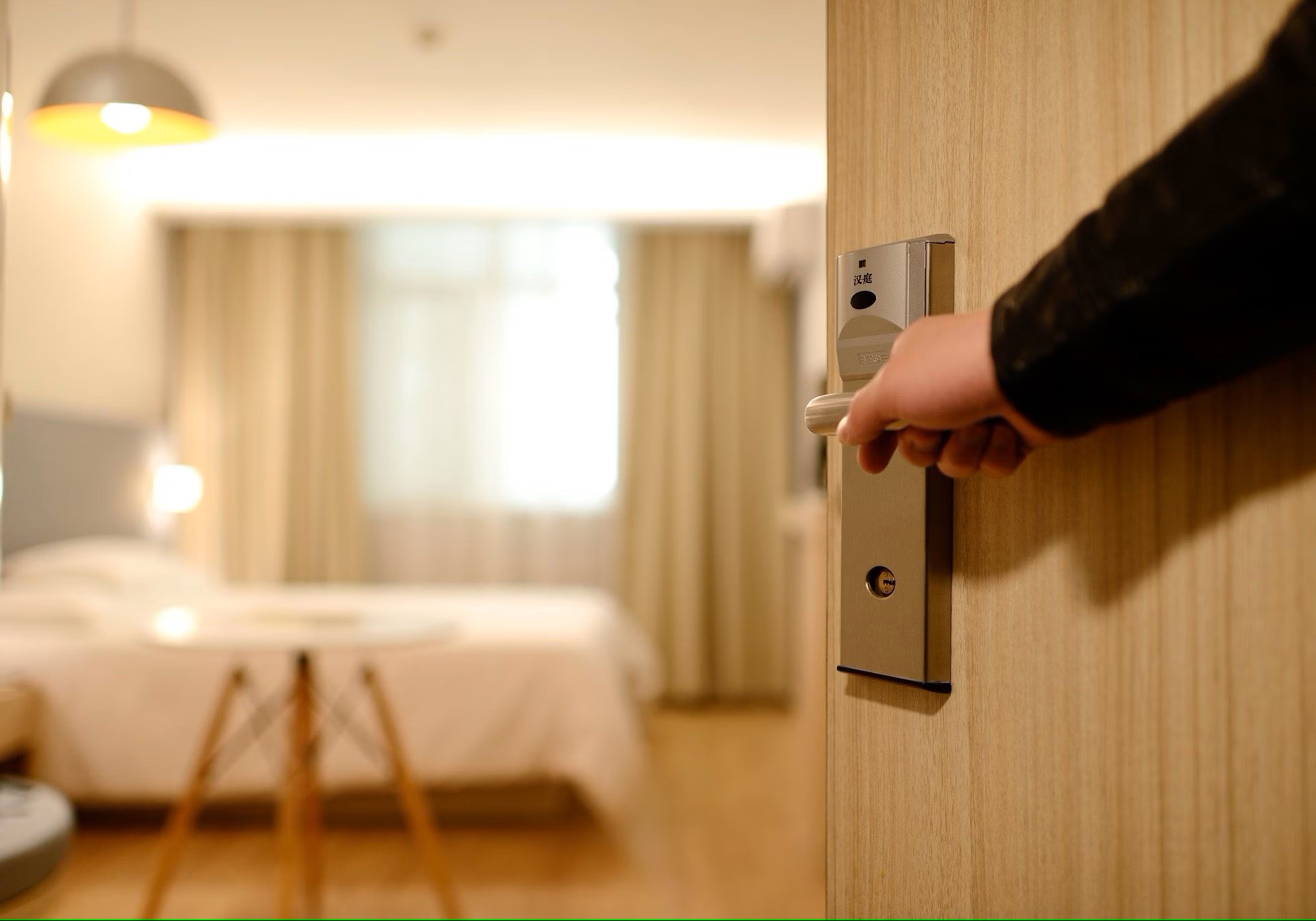
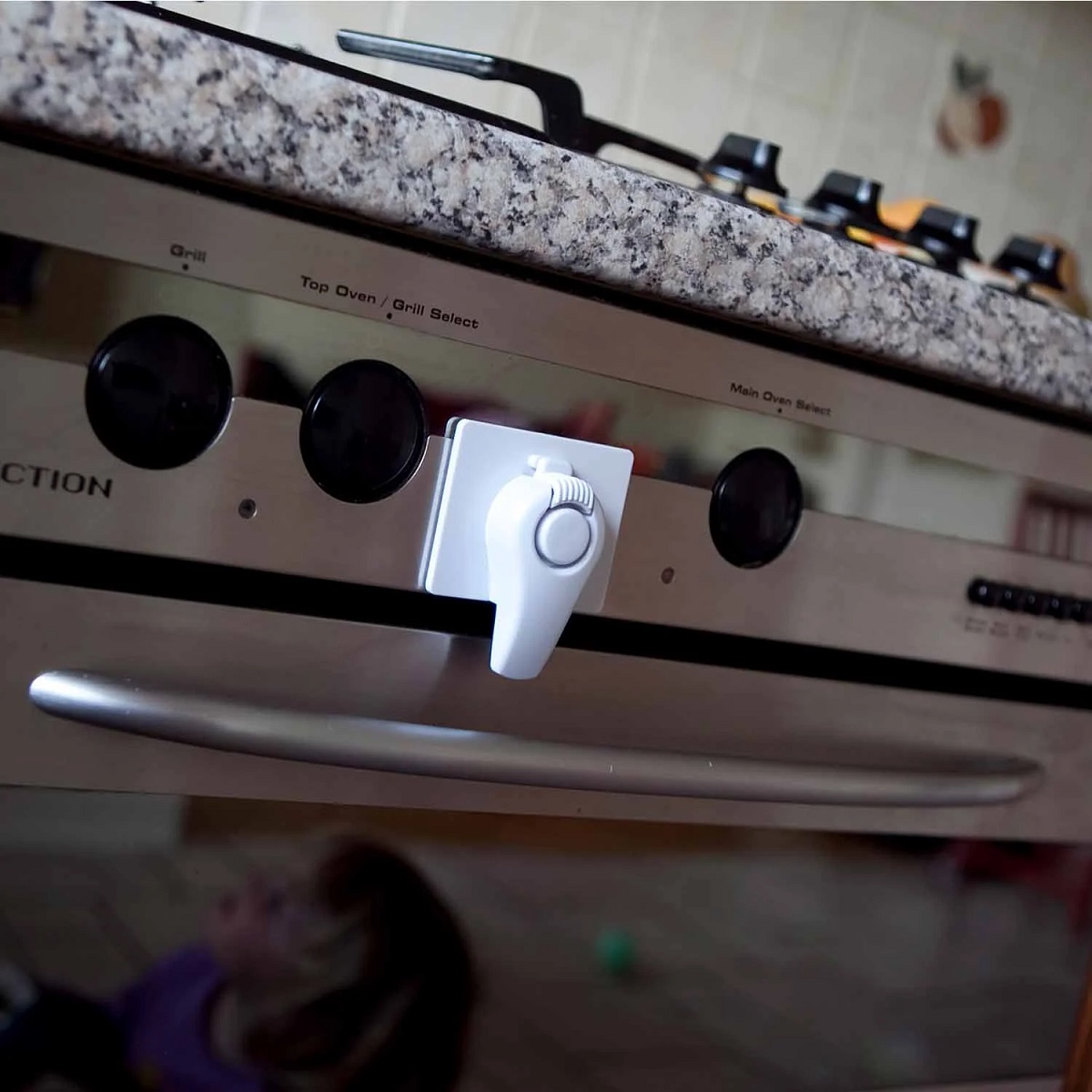
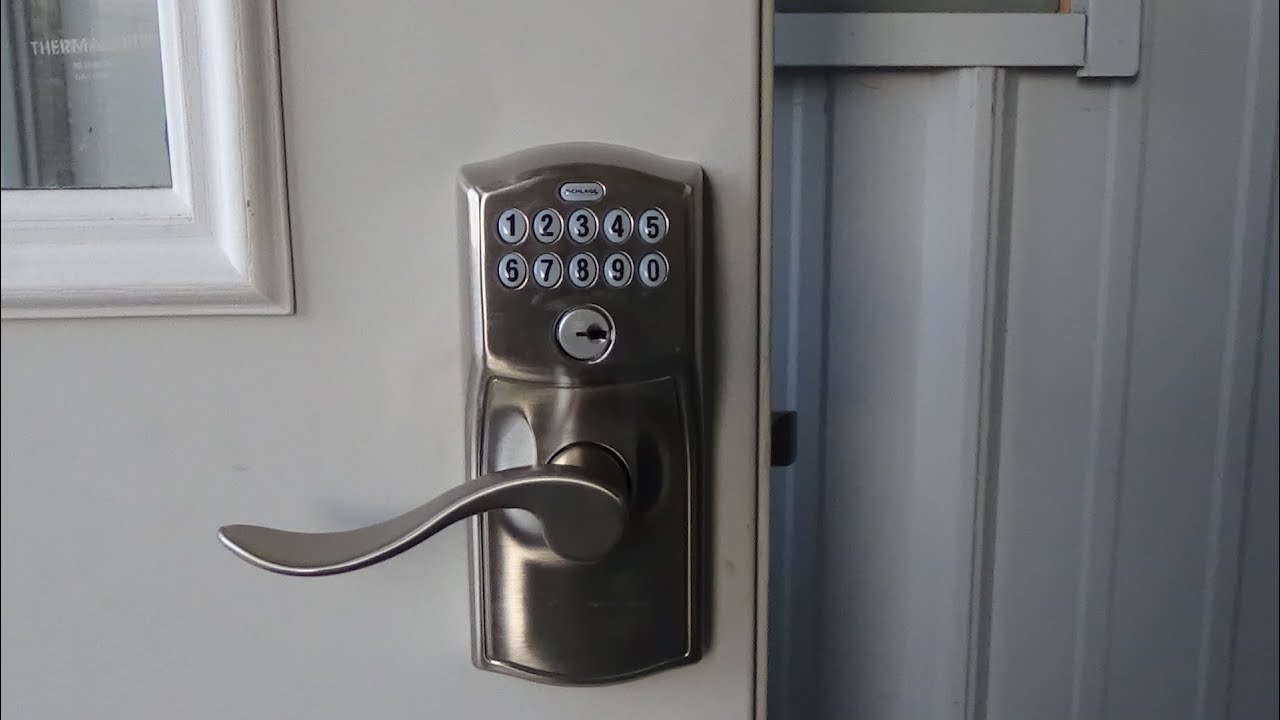
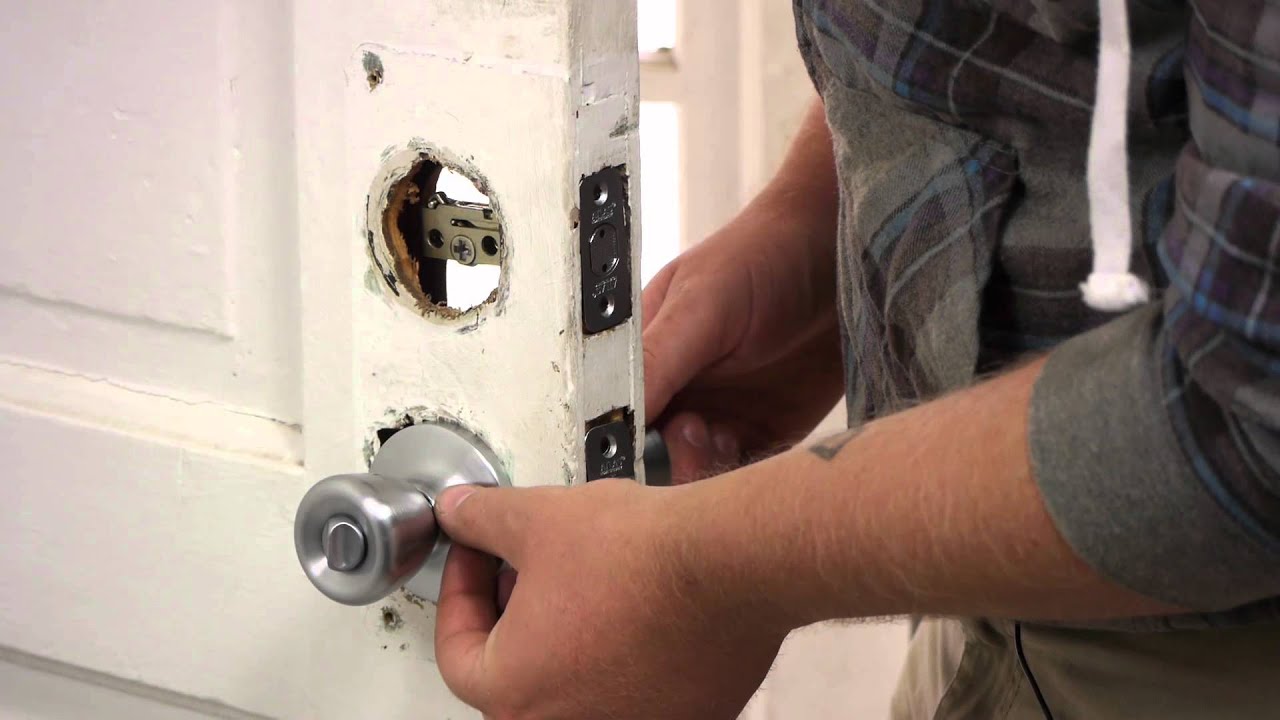
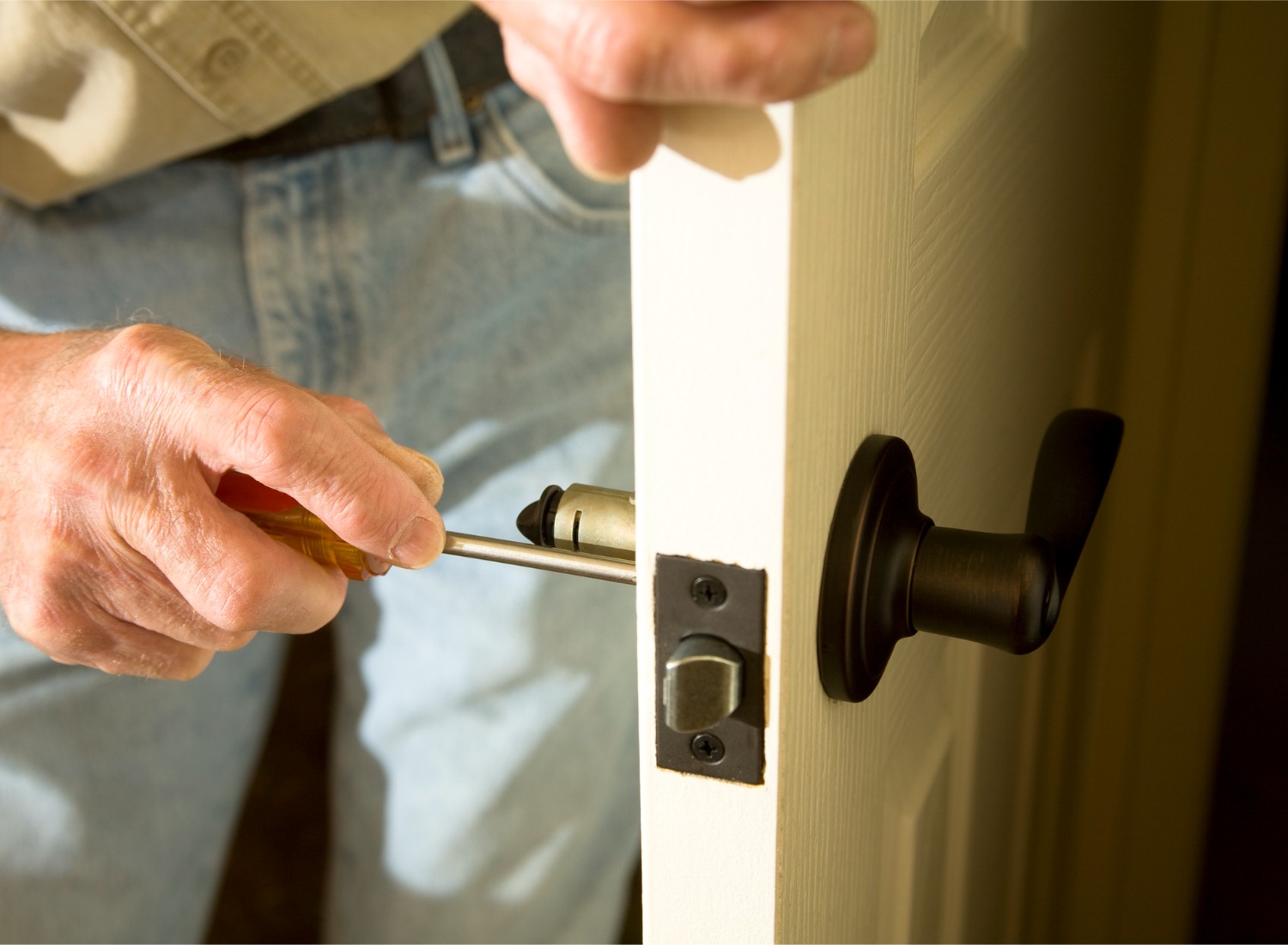
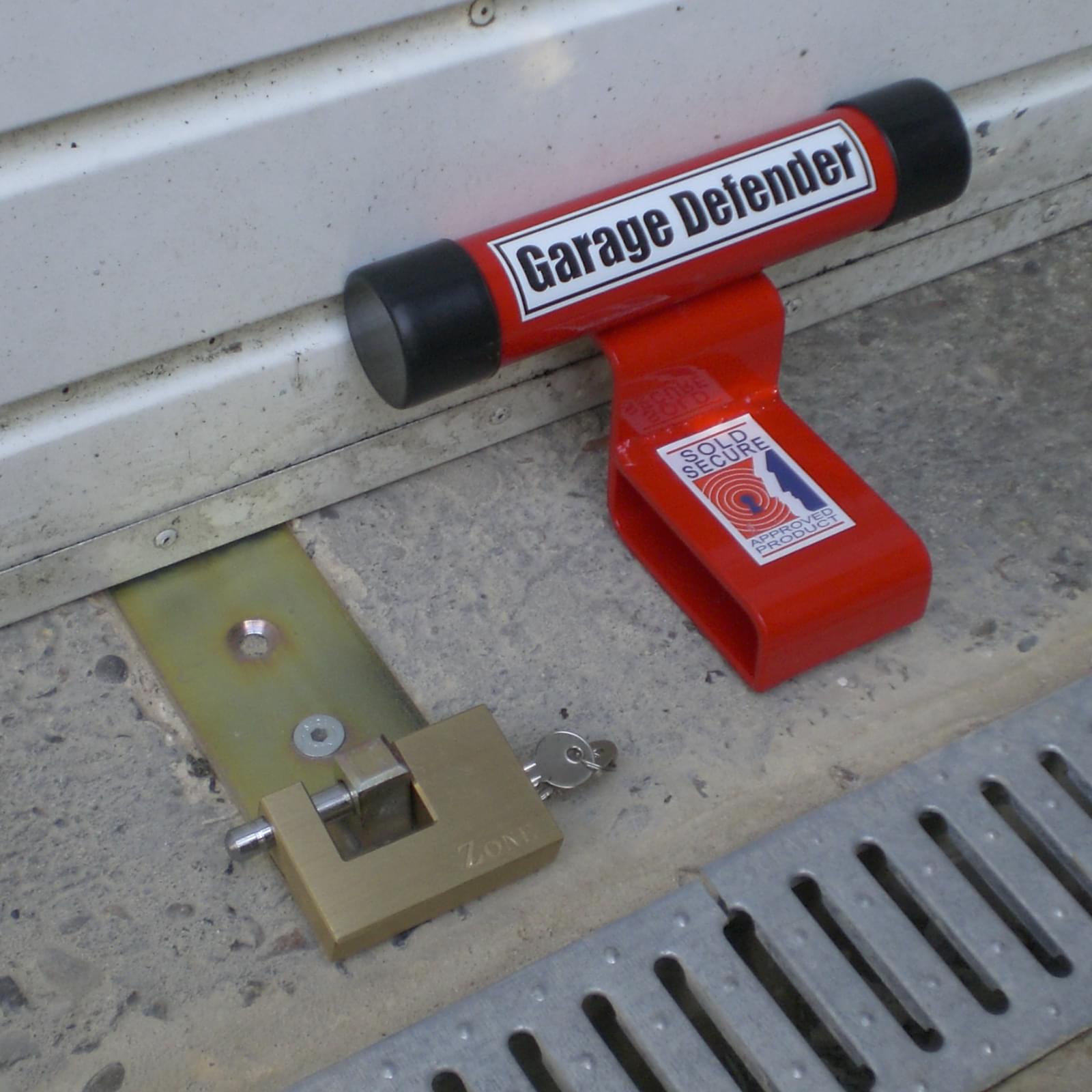
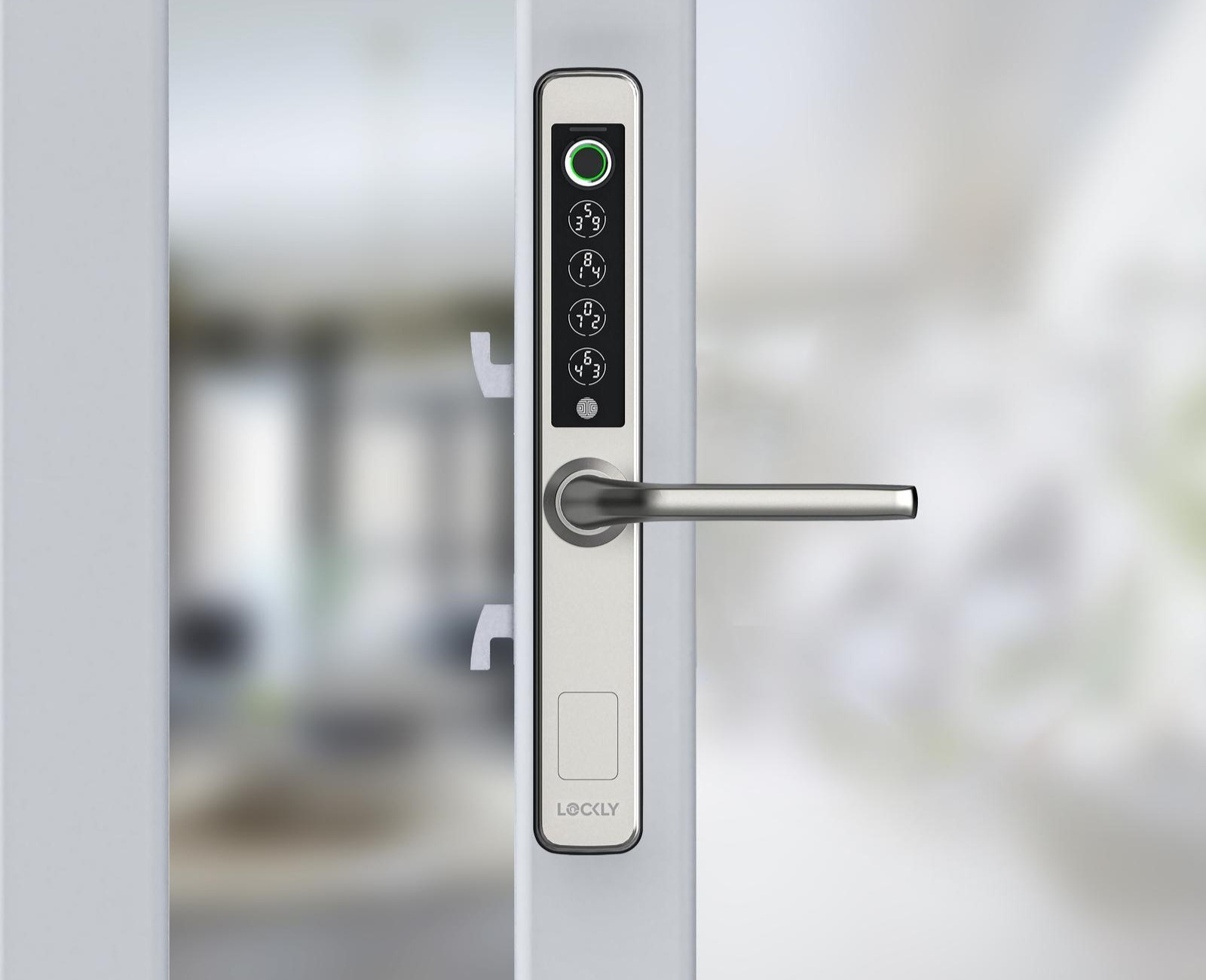
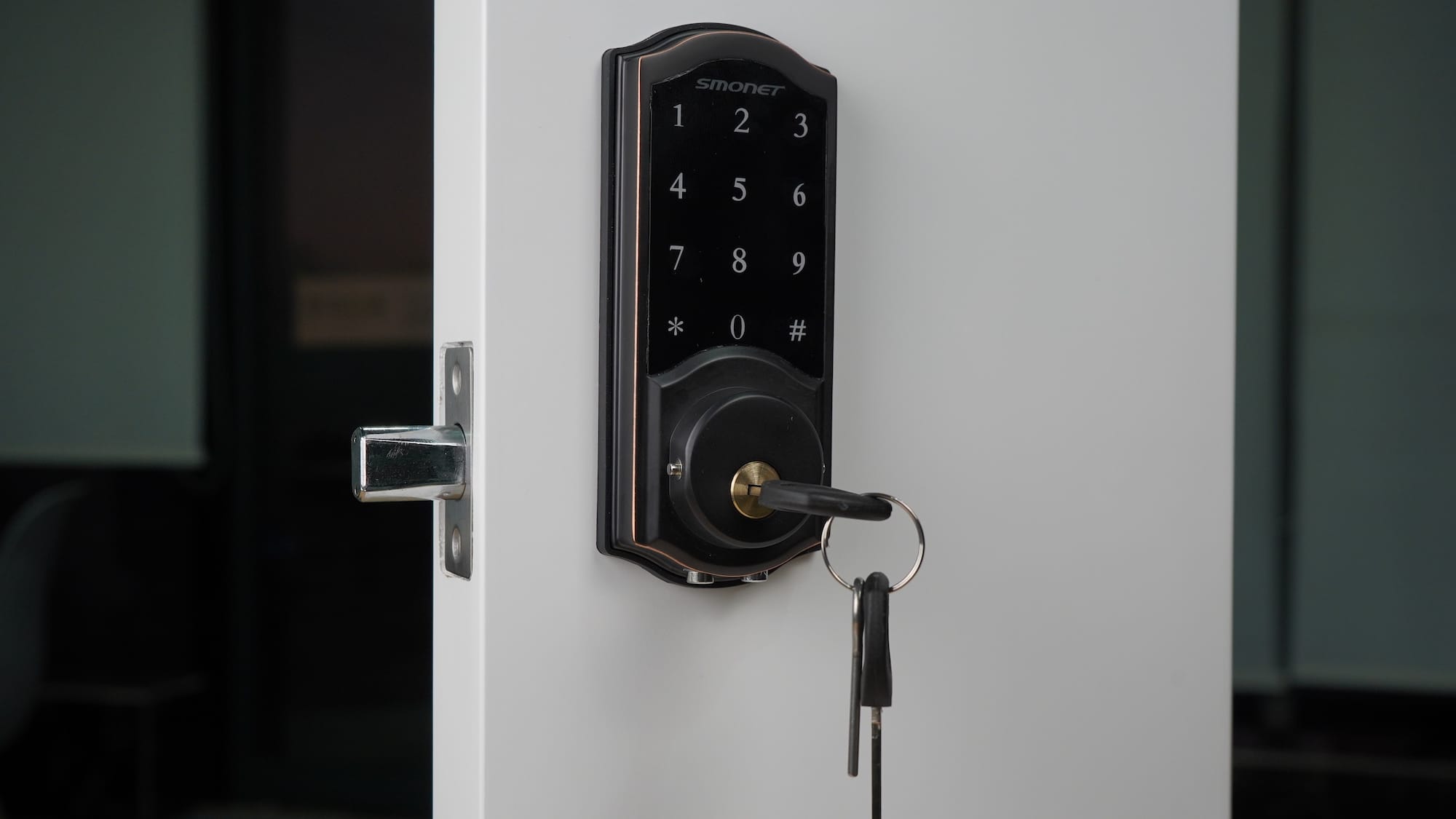
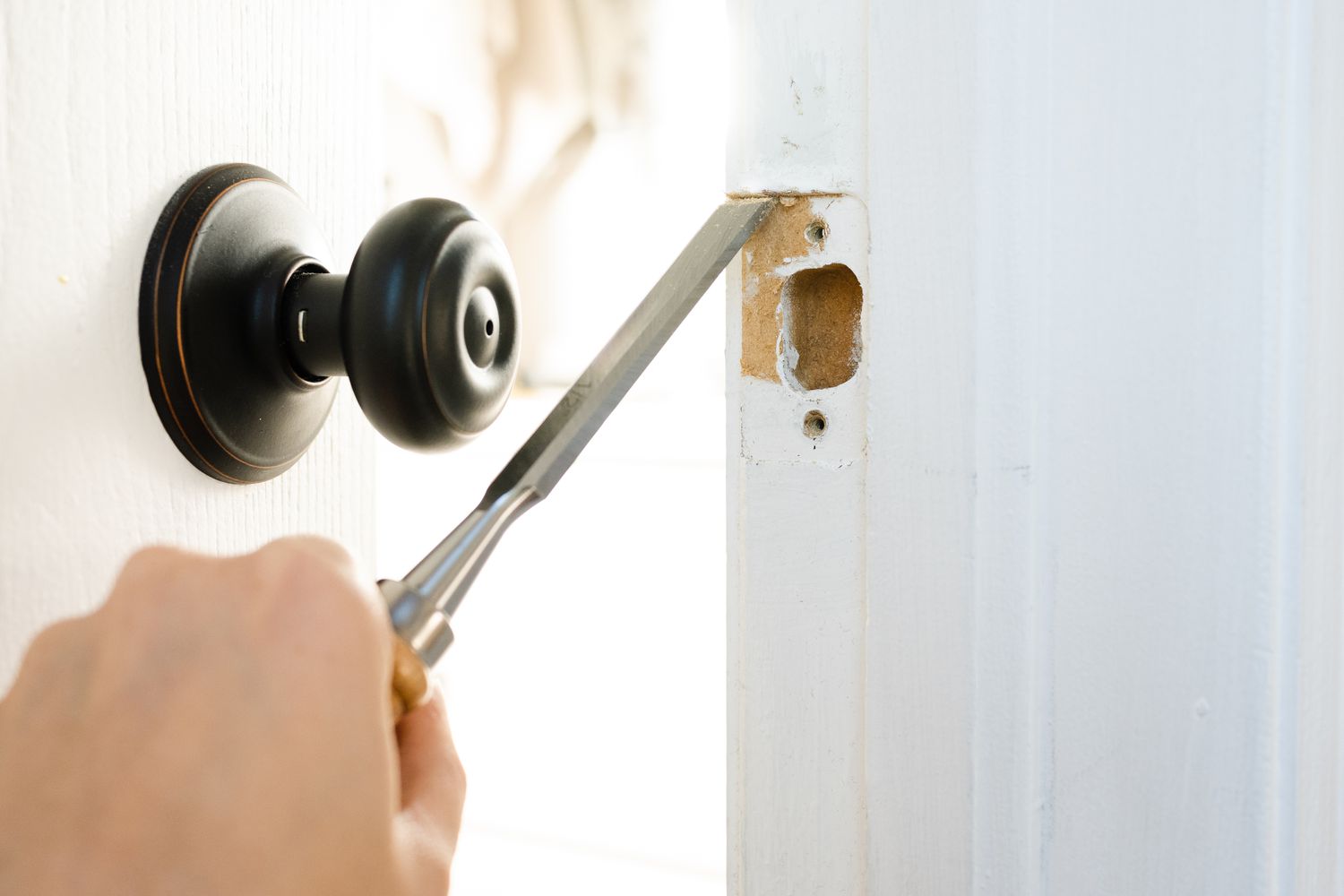
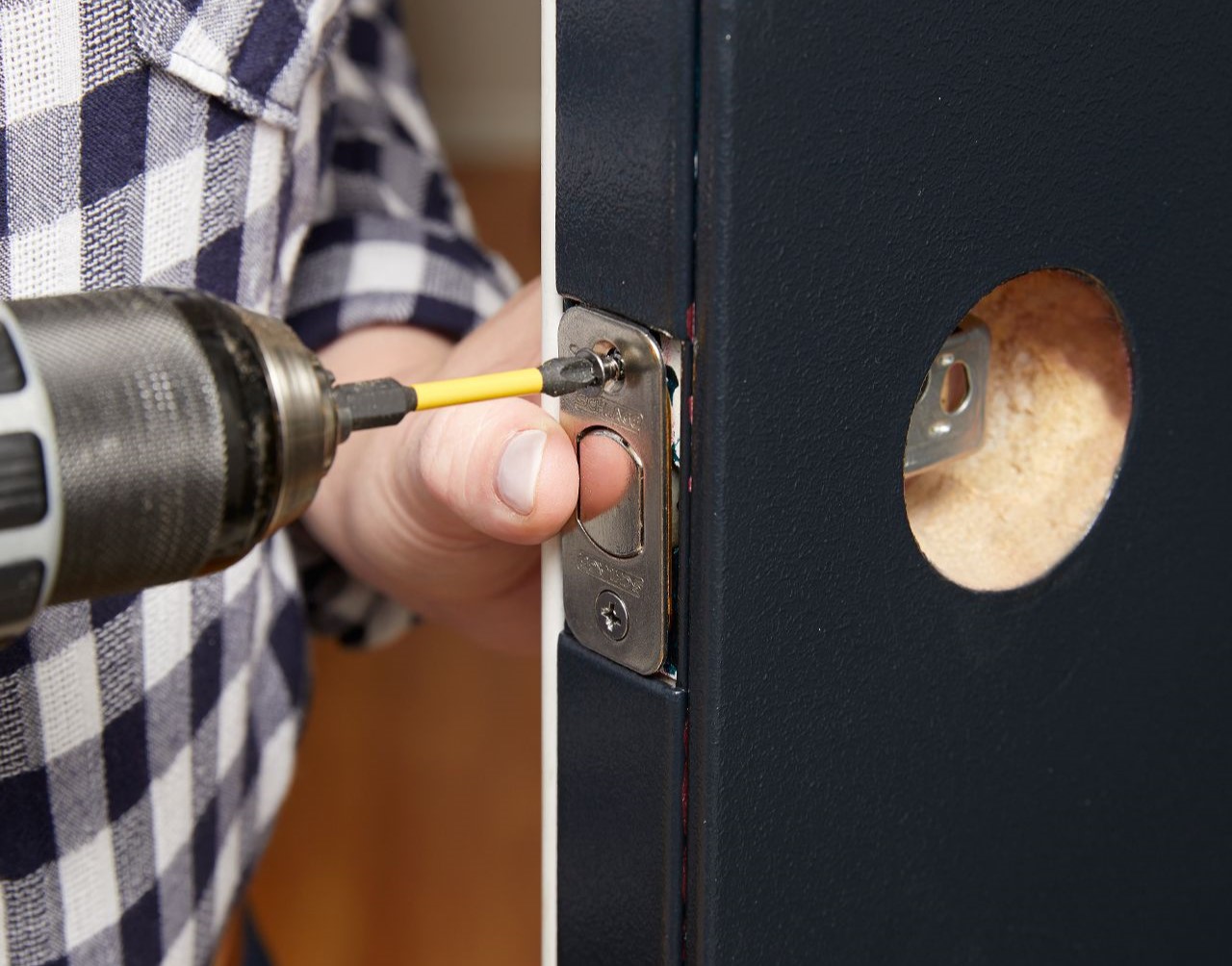
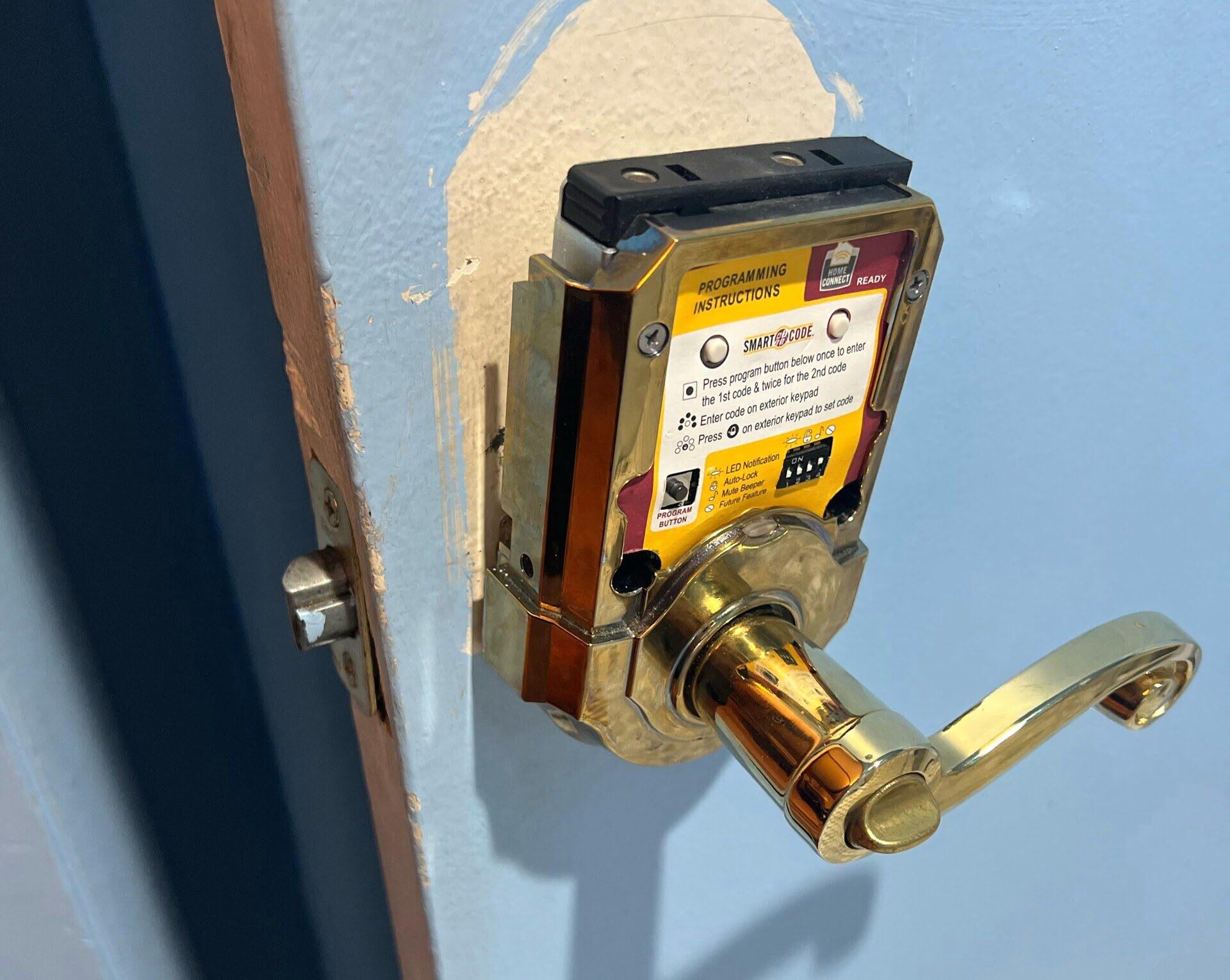
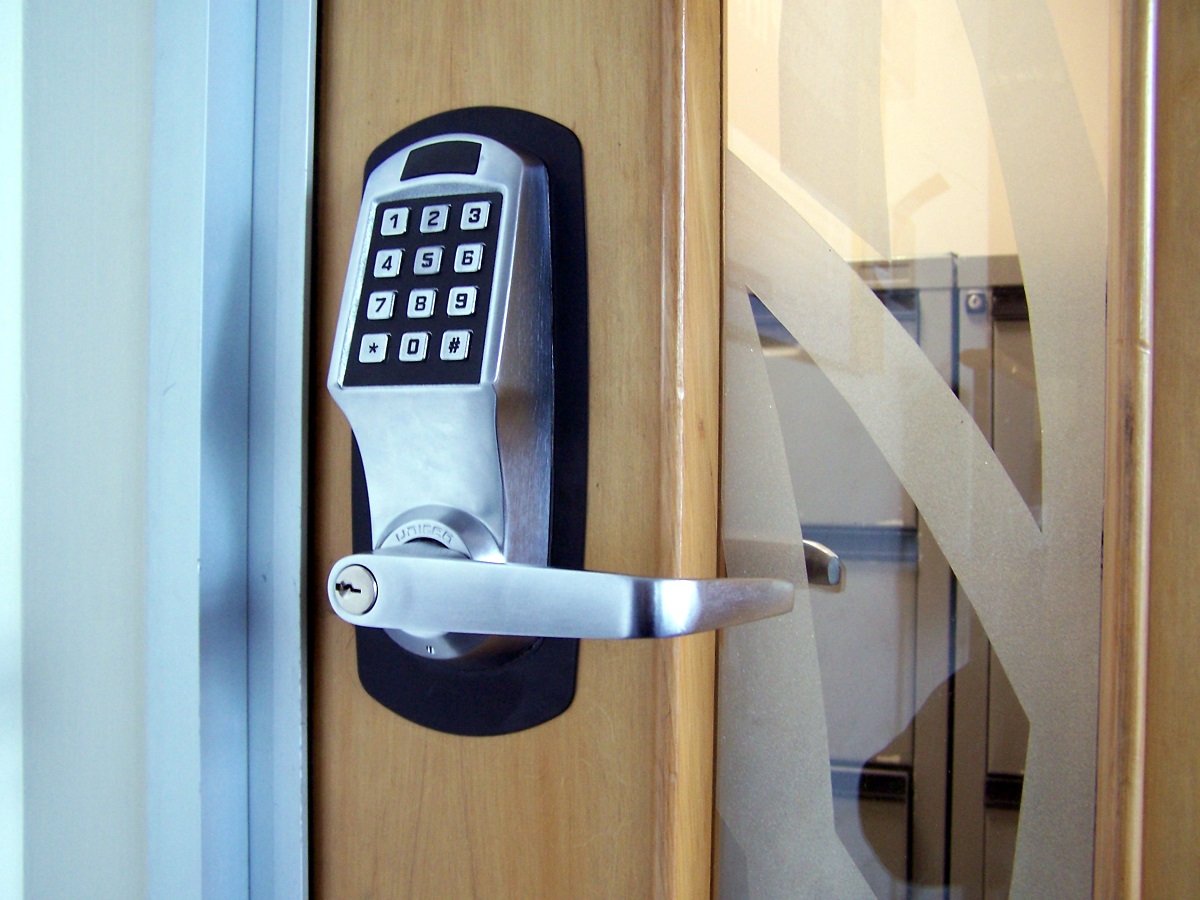
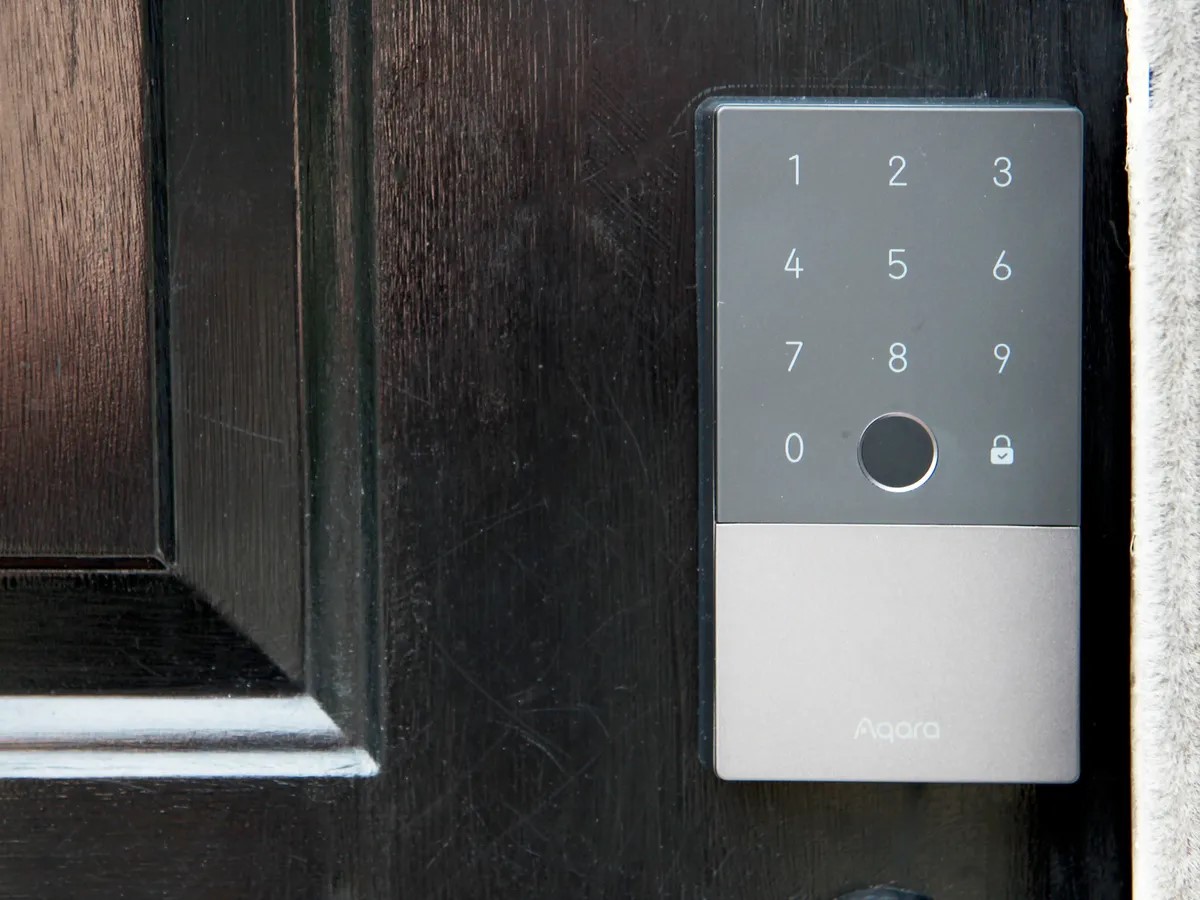

0 thoughts on “How To Disable A Door Lock”